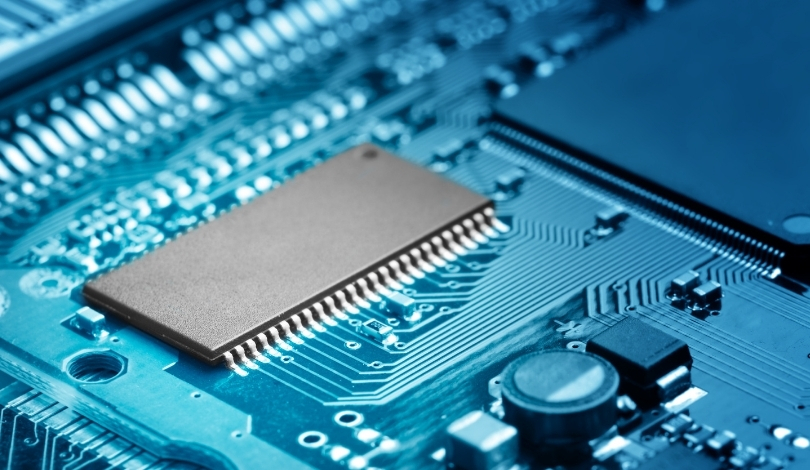Apple has introduced the latest Mac mini, marking a significant update to its desktop lineup. The new model replaces the previous Intel-based version, which has been on the market for six years. Packed with the latest Apple Silicon, the device promises notable performance improvements and new features tailored to meet modern computing demands.
Since the initial release of the Intel Mac mini, Apple has consistently worked on refining its desktop offerings. The introduction of the new Mac mini builds on this legacy, integrating advancements that reflect the company’s commitment to innovation and user experience.
How Does the New Mac mini Improve Performance?
The latest Mac mini is equipped with Apple’s M2 chip, offering a significant boost in processing power and energy efficiency compared to the older Intel processors. This allows for faster multitasking, better handling of demanding applications, and improved thermal management.
What Features Differentiate It from Previous Models?
In addition to the upgraded processor, the new Mac mini includes enhanced connectivity options, such as more Thunderbolt ports and support for high-resolution displays. Apple has also integrated advanced security features to protect user data more effectively.
Why Is the Performance Claim Questioned?
Critics argue that comparing the new Mac mini’s performance solely against the six-year-old Intel-based version may not provide a fair assessment.
“Benchmarking against outdated hardware does not accurately reflect the new device’s capabilities,”
stated a technology analyst.
Earlier reports on the Mac mini’s release have varied, with some sources praising the seamless transition to Apple Silicon, while others remain skeptical about the long-term performance benefits. This mixed reception highlights the complexities of evaluating technological advancements over extended periods.
Consumers considering the new Mac mini should weigh the advertised performance enhancements and updated features against their specific needs and the longevity of the device. The transition to Apple’s own silicon architecture represents a strategic shift that may influence future desktop computing preferences.










